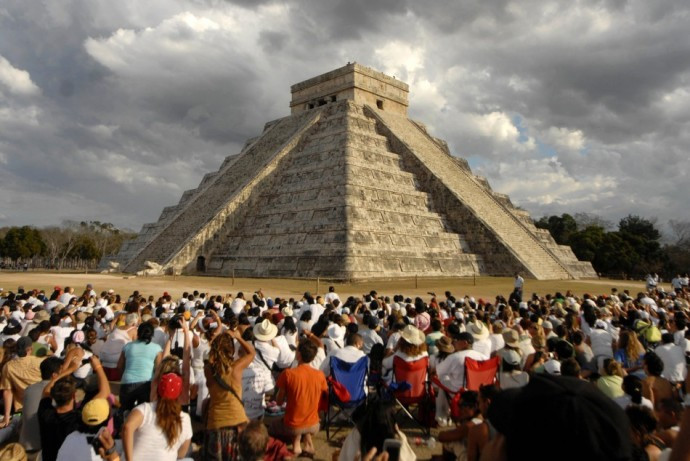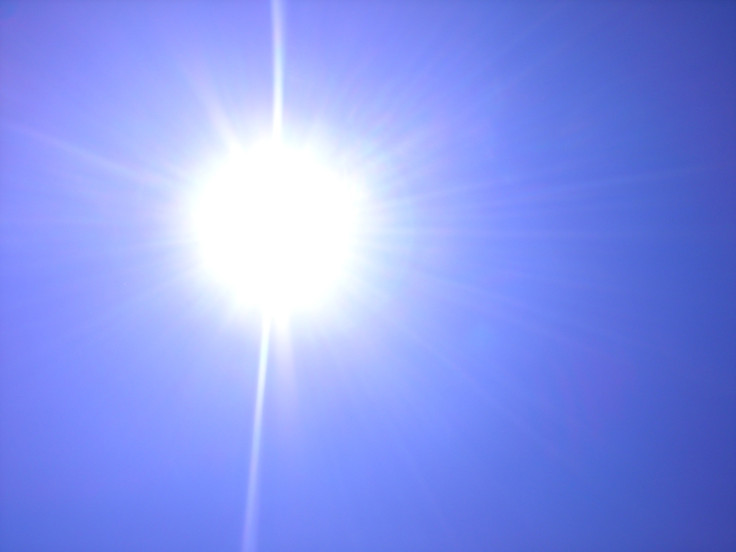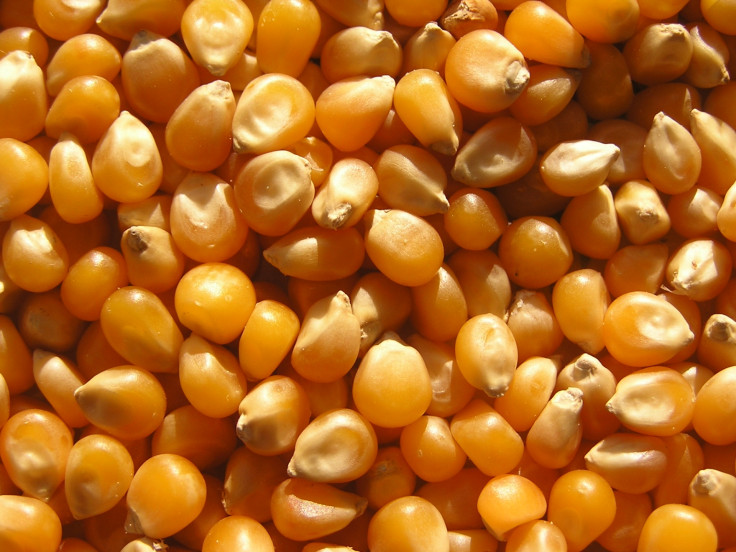Rising temperatures increased conflicts and deadly violence in the ancient Maya world
A new quantitative analysis has revealed that temperatures, not droughts, increased warfare among the Maya.

With temperatures set to rise in the coming decades, investigating the issue of whether climate change can exacerbate conflict is becoming more and more relevant. Looking at how past civilisations fared in the face of changing climatic conditions offers interesting insights.
In a research now published in Quaternary Science Reviews, scientists have looked at the case study of one of the most important Mesoamerican civilisations, the Mayan civilisation.
An increase in warfare during the Classic Maya Period (250CE to 900 CE) has often been associated with the downfall of this great culture.
Scholars have proposed a number of potential drivers for the deadly conflicts, including rivalry, captive taking and resource acquisition, but also climatic and environmental factors such as agricultural shortfalls and drought.
To date however, these hypotheses have failed to convinced the entire Maya scholar community – and many researchers reject the idea that climate change had anything to do with Classic Maya conflicts.
"Some experts have made the case that droughts were driving Maya conflicts and were instrumental to the civilisation's collapse. However a substantial group of scientists believe that the situation is more complicated, and that many socio-political factors also have to be taken into account when we talk about Classic Maya warfare", senior author Mark Collard of the Human Evolutionary Studies Program and Department of Archaeology at Simon Fraser University (Canada) told IBTimes UK.
"However, I believe these views are not incompatible, longer term pattern of climate change can drive socio-political patterns, and it's interesting to study how this affects conflict", he added.
In their new study, Collard and his colleagues have tried to settle the debate by carrying out a quantitative analysis of the paleoclimatic and conflict data available from the time of the Maya.
While scientists had previously focused on the impact of drought on conflict, they find that the connection is more robust between conflict and elevated temperatures.
A statistical approach
It is during the Classic Maya period that most of the civilisation's iconic cities and pyramids were built, and important historical events were recorded on the stones of these monuments. For Maya scholars, this is a remarkable source of information regarding the conflicts that took place at the time, between different city-states.
In this study, the researchers compiled a list of 144 unique conflict events recorded on a range of Classic Maya monuments, which took place over 500 years, between 363 and 888 CE. They also accessed published temperature and rainfall records for the region at the time of these conflicts.

The scientists conducted a quantitative analysis of these data to establish the influence of climate change on conflict among the Maya. Most of the studies before that had not conducted a formal correlation analysis.
"The problem with many past studies is that their authors had looked at conflict and climate patterns but they had not necessarily done rigorous statistical analyses. It was great to have access to these resources to do our own research, but we wanted to see if we could find a better way to interpret the data", Collard explain.
Their statistical model indicates that the increase of conflict during the Classic Maya period cannot be explained by a change in the amount of rainfall. However, this increase was strongly associated with an increase in summer temperatures.
How can high temperatures lead to conflict?
More research will be needed to understand why rising temperatures have pushed the Maya to engage in more fighting. A number of hypotheses are possible.
"A potential explanation comes from the field of psychology, where some studies have shown that people are more aggressive when it's warmer. They are more likely to get angry. However, I remain unconvinced that this had a big contribution in the Maya context", Collard said.
What is more likely is that high temperatures had a negative impact on crops such as maize, with important socio-political repercussions. Warm weather helps maize grow but beyond a certain temperature, it has a catastrophic impact and yields collapse.

The prestige of Maya leaders was based on their perceived influence on maize production and their ability to win conflicts. "They might not have been able to do anything about maize yields but they could engage in conflicts to boost their prestige at home", Collard pointed out.
It's not possible to say today whether such an increase in warfare will be seen in the future, as global warming continues, but the Maya case study can serve as a reminder that we need to be cautious about this issue and investigate it further in the future.
© Copyright IBTimes 2025. All rights reserved.






















